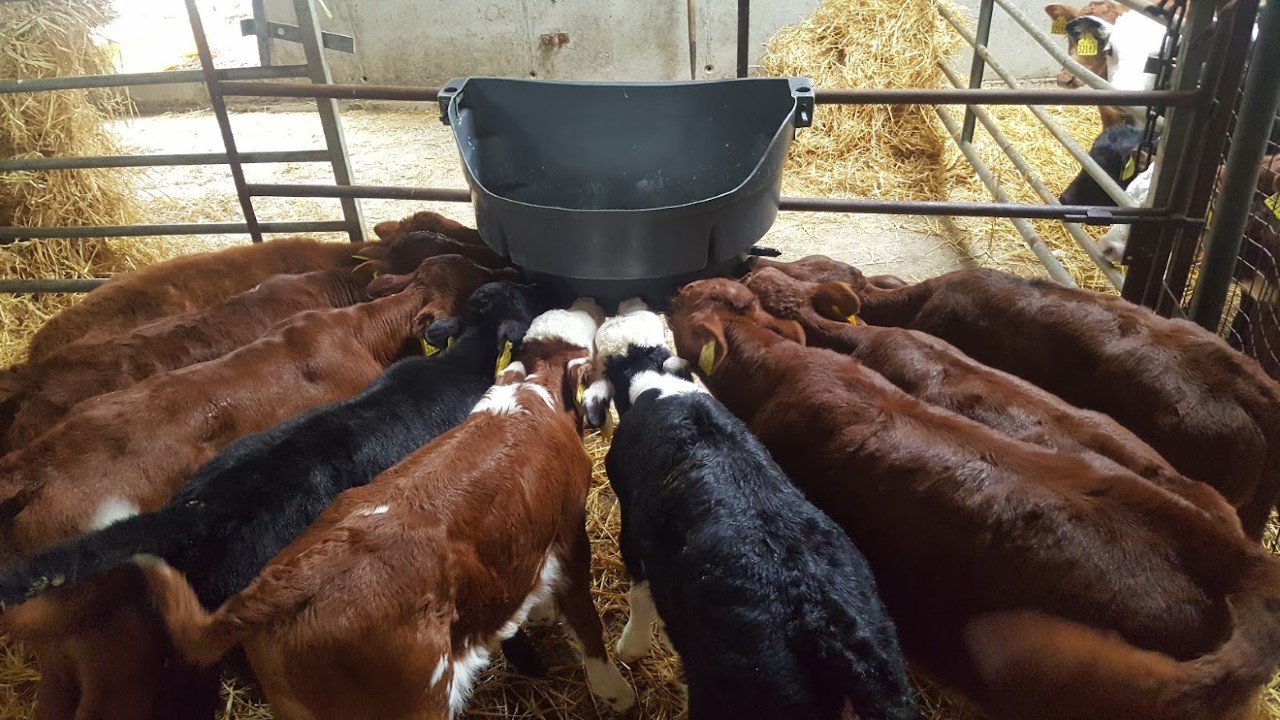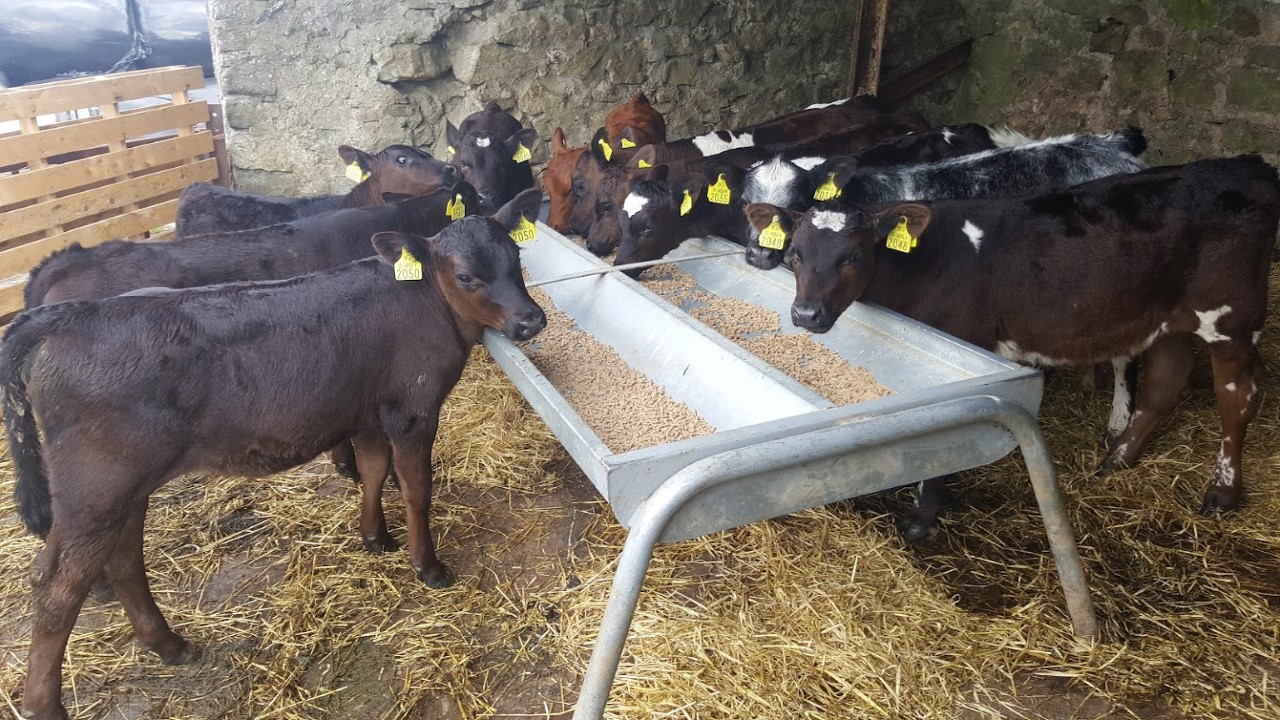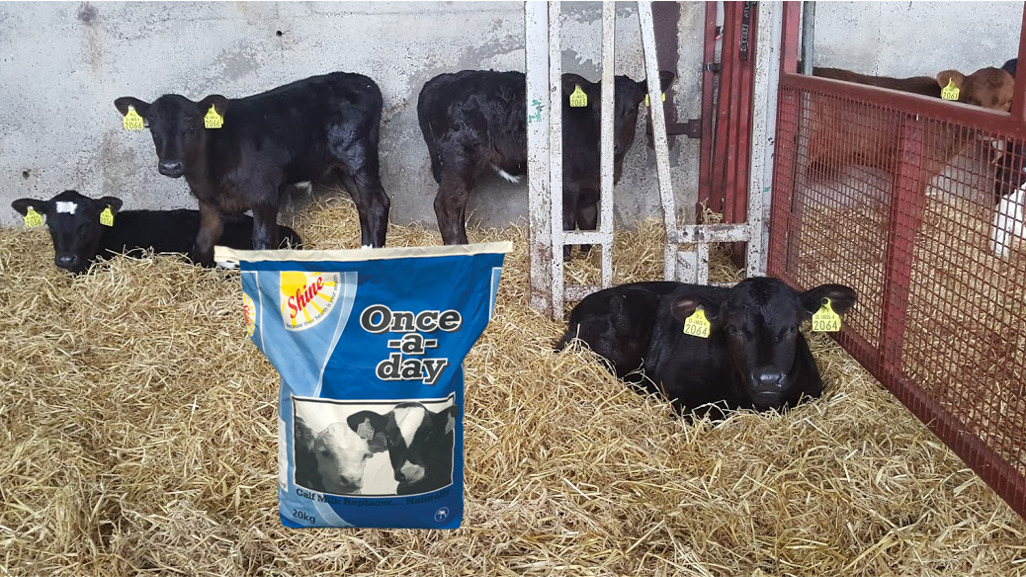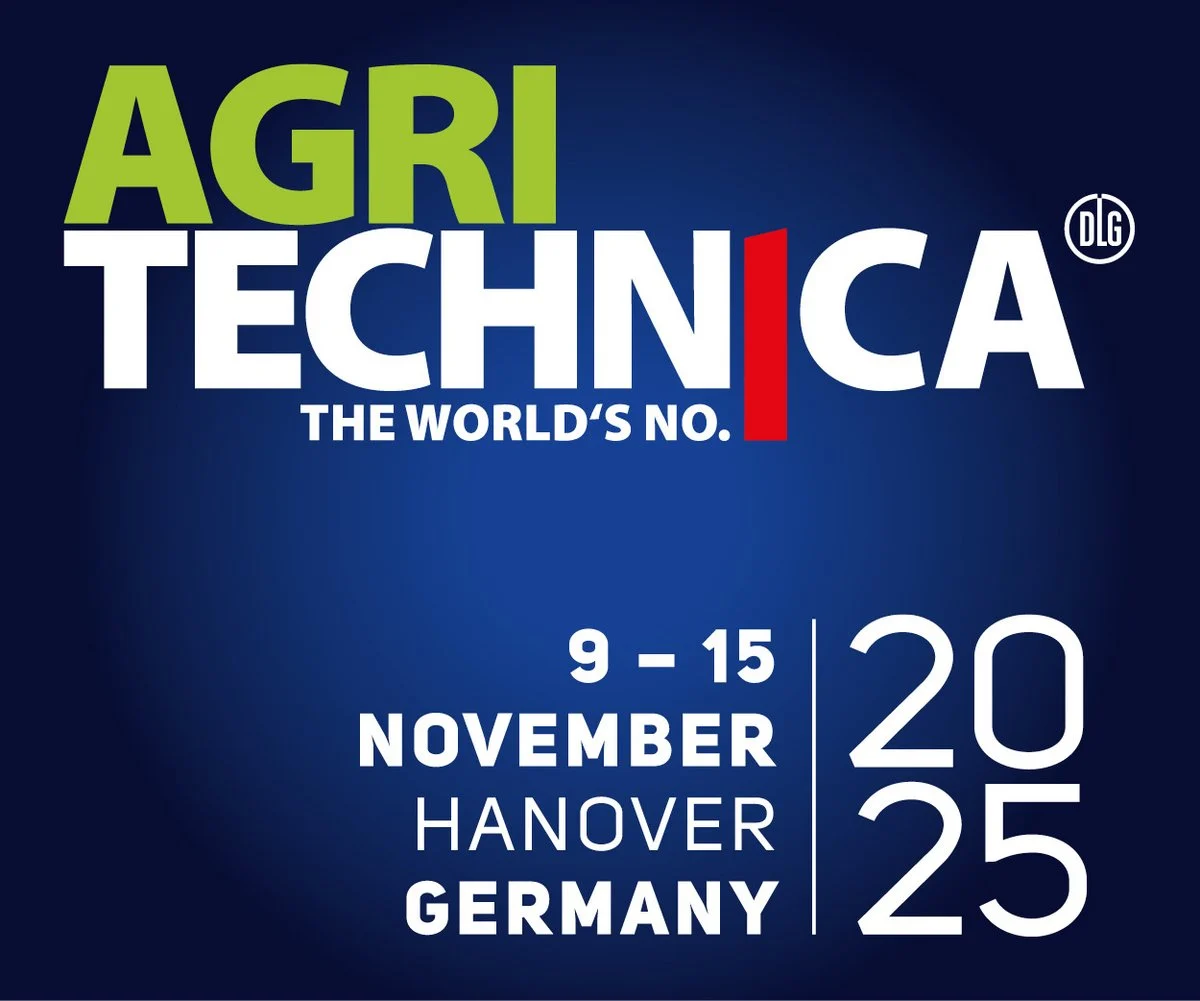Sponsored Article

Sponsored Article
Feeding frequency linked to development of a calf’s microbiome
Sponsored Article

Feeding calves milk once a day with adlib access to dry feed, roughage and clean water is the ideal combination for producing content and healthy animals, while maximising the development of their gut for weaning, both physically and microbially.
The calf’s gut development is seen now as key to efficiency, health and longevity as an adult, said Dr. Christine Cummins of Bonanza Calf Nutrition
Calves are born with a microbial community, known as the microbiome, which is greatly influenced by what the calf ingests. In early life the microbes respond to the milk sugars found in colostrum and transition milk and these microbes are key to protecting the gut from pathogens.
They also digest the lactose in the milk for the calf.
Feeding a good quality milk replacer will help develop the calf’s digestive system and its microbiome because that microbial community responds to milk feeding, even to the quality of water offered, Dr. Cummins said.
The microbiome can be made up of over 900 different types of microbes, producing tens of thousands of enzymes, essential fatty acids, vitamins and hormones.
The microbes in the rumen are in balance even at two-weeks of age and first respond to greater fibre consumption, but much more slowly to starch intake, she added.
“When it comes to weaning, in general we consider the development of the rumen but seem to have much less focus on the intestinal portion of the gastrointestinal tract,’’ she said.
It takes time for the microbial population to change from those that digest most of the lactose – the lactobacilli - to bacteria that can utilise starch; it is estimated that a third of the starch fed to calves is potentially digested in the small and large intestines.
Because of this, more frequent feeding may delay the conversion of the microbial population, warned Dr. Cummins.
“A calf that is fed twice daily will typically choose to wait for its second feed in the day, rather than pick at the feed in front of it," she said.
When a calf is more focussed on consuming milk, the gut can become more reliant on lactobacilli instead of preparing for weaning.
Consuming more dry feed earlier, no matter how little, not only develops the rumen but helps communicate with the gut to tell it to start introducing new microbes in its system.
“Feeding the right feed once a day is the ideal scenario to have content, healthy calves while maximising the development of the gut for weaning both physically and microbially,’’ said Dr. Cummins.
Furthermore, the milk replacer should also contain a blend of plant oils and buttermilk to increase digestion and dry feed intake - a product such as Shine Once-a-Day.
The ideal scenario is to have a healthy, content calf with no stress at any time, maintained Dr. Cummins.
With once-a-day feeding, the calf does not start looking for its milk feed until it is aware that it is on the way.
“With Shine Once-a-Day, calves have the perfect formulation to keep them content and happy right through to their next feed,’’ said Dr. Cummins.
Calves fed Shine Once-a-Day receive the same amount of milk powder as calves fed twice a day - but in a smaller volume.
When fed once a day, calves need to use less energy to excrete any extra water in their system.
As the milk bypasses the rumen, the extra liquid is not very helpful for digesting dry feed, Dr. Cummins pointed out.
“Providing the calves with a constant supply of clean fresh water is necessary and will both encourage greater consumption of dry feed and improve digestion of it,’’ she said.
Labour associated with once a day feeding is considerably less than a twice-a-day system - and it is more flexible.
“Once a day feeding allows the rearer to choose the most suitable time of the day - once chosen they should stick to that time and their calves will thrive on the routine,’’ concluded Dr. Cummins.
Click here to find your nearest Shine Once-a-Day stockist.
Sponsored Article








